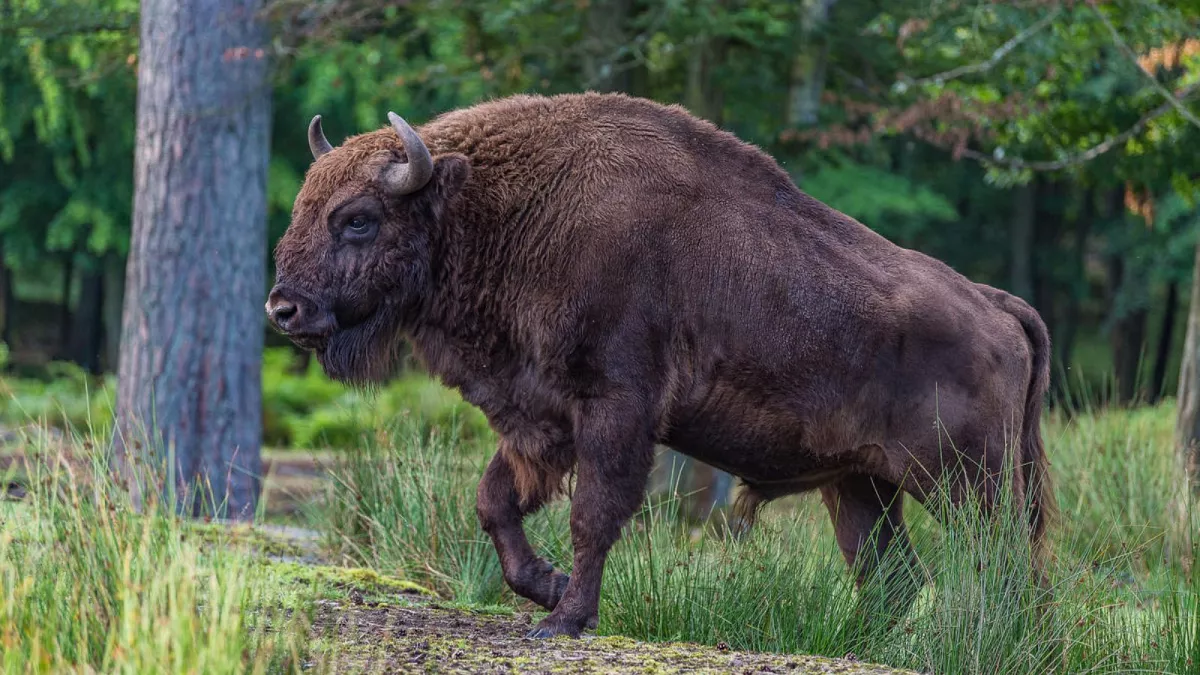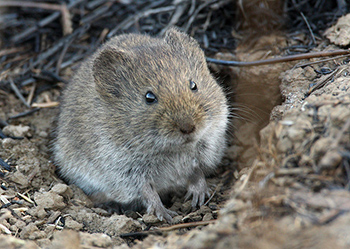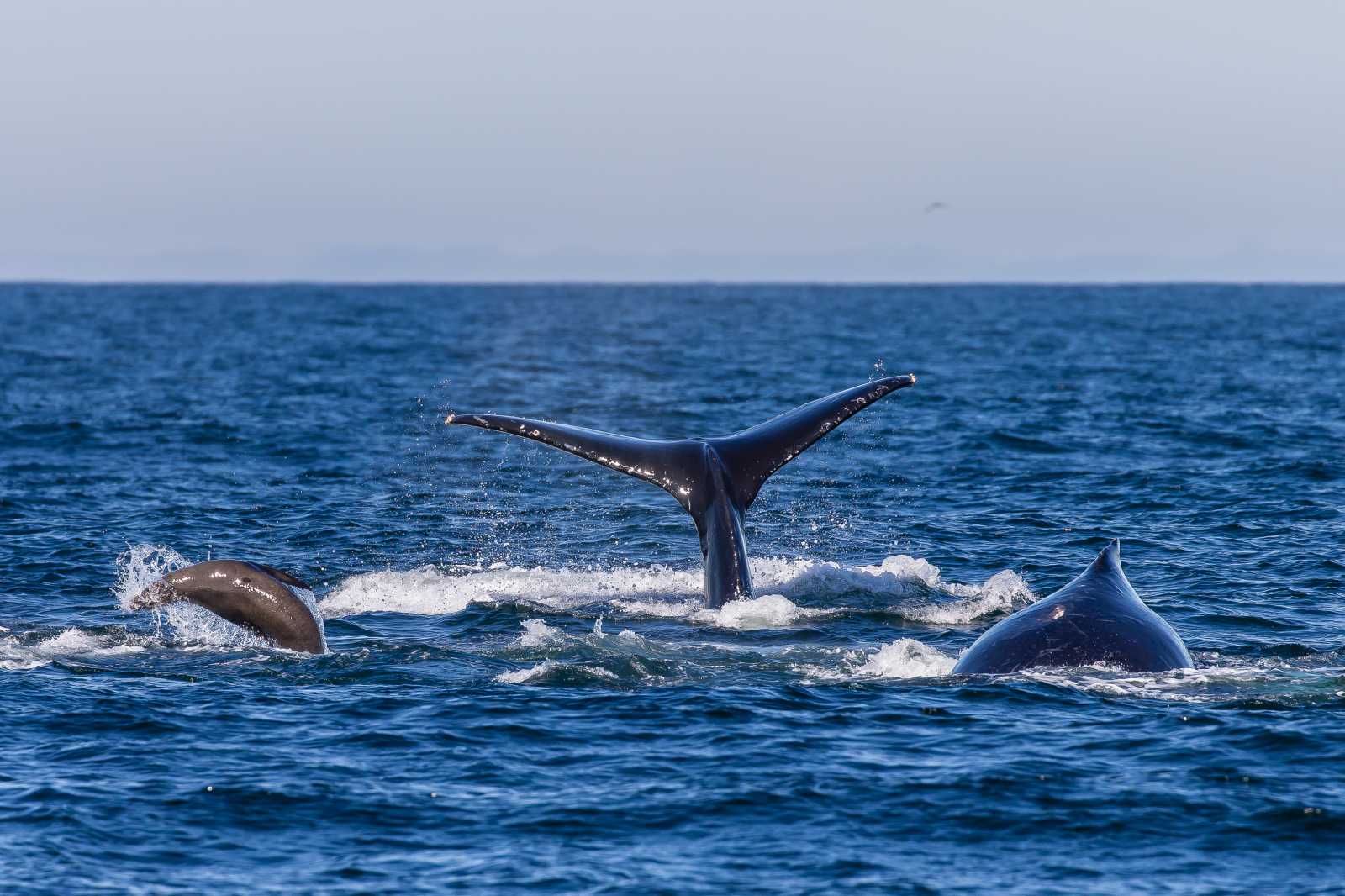iqsafe.info – Pada tahun 1997, dunia gempar dengan penemuan suara misterius yang dinamakan “The Bloop.” Suara ini terdengar dari kedalaman Samudra Pasifik dan memiliki intensitas serta kekuatan yang belum pernah terdengar sebelumnya. Fenomena ini memicu berbagai teori dan spekulasi dari para ilmuwan dan penggemar misteri. Di iqsafe.info, kita akan menyelami lebih dalam tentang The Bloop, asal-usulnya, serta dampaknya terhadap penelitian kelautan.
Misteri The Bloop: Suara dari Kedalaman Laut
Penemuan Suara oleh NOAA
Pada Juni 1997, National Oceanic and Atmospheric Administration (NOAA) mendeteksi suara aneh melalui hydrophone, alat pendeteksi suara bawah laut. Suara yang dikenal dengan nama “The Bloop” tercatat dengan frekuensi rendah yang sangat kuat, bisa terdengar sejauh ribuan kilometer. Suara ini sangat kuat, bahkan terdengar lebih keras daripada suara yang dihasilkan oleh kebanyakan hewan laut atau fenomena alam lainnya.
Ciri-ciri Suara The Bloop
Suara ini memiliki karakteristik yang sangat khas: intensitasnya yang luar biasa besar dan durasinya yang sangat panjang. Dengan frekuensi yang rendah dan terdengar dalam jarak yang sangat jauh, The Bloop tidak mirip dengan suara paus atau hewan laut besar lainnya. Keanehan inilah yang membuat para ilmuwan berusaha mencari tahu asal-usulnya.
Teori-Teori Mengenai Asal Usul The Bloop
Teori Hewan Laut Raksasa
Salah satu teori yang pertama kali muncul adalah bahwa The Bloop berasal dari hewan laut raksasa. Beberapa pihak beranggapan bahwa suara tersebut bisa berasal dari paus atau makhluk laut lainnya yang belum ditemukan. Namun, teori ini tidak cukup meyakinkan karena suara tersebut memiliki frekuensi rendah yang tidak sesuai dengan kemampuan hewan laut yang diketahui dapat menghasilkan suara.
Teori Aktivitas Geologi Bawah Laut
Teori lainnya adalah bahwa The Bloop berasal dari aktivitas geologi bawah laut, seperti letusan gunung berapi atau pergerakan lempeng tektonik. Aktivitas semacam ini dapat menghasilkan suara yang sangat besar dan frekuensi rendah. Namun, meskipun beberapa peneliti menduga suara tersebut berhubungan dengan aktivitas geologi, belum ada bukti yang cukup untuk mendukung klaim ini.
Teori Makhluk Laut yang Belum Dikenal
Salah satu teori yang lebih menarik adalah bahwa The Bloop mungkin berasal dari makhluk laut yang belum ditemukan. Dengan lebih dari 80% lautan dunia yang masih belum dipetakan, banyak ilmuwan percaya bahwa ada banyak spesies yang belum teridentifikasi. The Bloop bisa jadi adalah suara dari spesies laut yang belum kita kenal, dan ini menambah misteri tentang kehidupan di kedalaman laut.
Dampak The Bloop Terhadap Penelitian Lautan
Menggugah Minat untuk Eksplorasi Lautan
Penemuan The Bloop telah meningkatkan kesadaran akan pentingnya eksplorasi bawah laut. Dengan 80% lautan yang belum dipetakan, banyak ilmuwan yang semakin tertarik untuk menggali lebih dalam tentang kehidupan laut yang tersembunyi di kedalaman samudra. The Bloop menambah urgensi bagi penelitian tentang kehidupan laut yang belum terungkap.
Teknologi untuk Menyelidiki Fenomena Laut
Dengan adanya fenomena seperti The Bloop, teknologi untuk menyelidiki kedalaman laut juga semakin berkembang. Alat pendeteksi suara bawah laut semakin canggih dan mampu menangkap berbagai suara yang sebelumnya tidak terdeteksi. Ini memungkinkan para ilmuwan untuk mempelajari lebih lanjut tentang kehidupan dan fenomena yang ada di bawah permukaan laut.
Kesimpulan: Misteri The Bloop yang Belum Terpecahkan
The Bloop tetap menjadi salah satu misteri terbesar dalam dunia kelautan. Meskipun berbagai teori telah muncul untuk menjelaskan asal-usul suara ini, hingga kini tidak ada penjelasan pasti. Apakah suara tersebut berasal dari makhluk laut raksasa, aktivitas geologi, atau sesuatu yang lebih tak terduga? The Bloop mengingatkan kita bahwa lautan masih menyimpan banyak rahasia yang menunggu untuk ditemukan.
Untuk mengetahui lebih lanjut tentang fenomena alam dan penelitian kelautan lainnya, kunjungi iqsafe.info.



